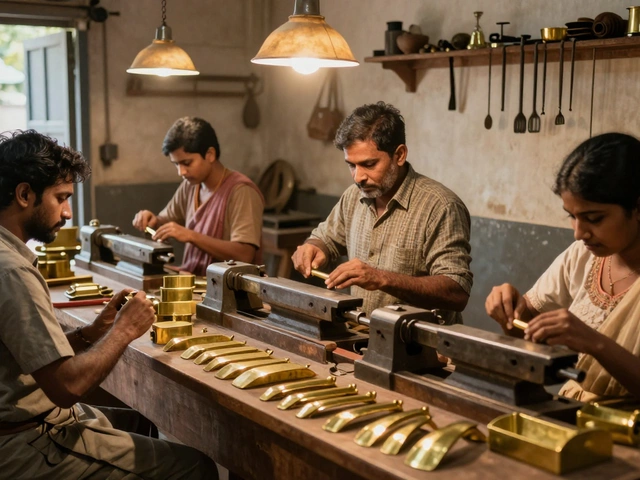India Market Overview: Trends, Opportunities and Challenges
India’s economy is moving fast, and the market feels the ripple in every sector. If you’re looking to expand, invest, or simply understand what’s happening, this guide gives you the most useful facts without the fluff.
Key Growth Drivers
First off, a young population fuels demand. Over 65% of Indians are under 35, which means a constant appetite for new products, from smartphones to affordable housing. Combine that with rising disposable income, and you get a market that’s hungry for quality and innovation.
Second, the government’s “Make in India” push is more than a slogan. Incentives, easier land acquisition, and tax breaks are attracting both foreign giants and home‑grown firms. The result? New factories, modern logistics, and a faster supply chain that lowers costs for everybody.
Third, digital adoption is soaring. E‑commerce sales crossed the $150 billion mark last year, and even small towns are buying online. For manufacturers, that means a direct line to customers, real‑time demand data, and the chance to test new ideas without a big retail network.
Challenges to Watch
Power reliability still trips up many projects. While major cities enjoy stable supply, factories in remote areas often face outages that hit production schedules. Investing in backup power or locating near reliable grids can protect your bottom line.
Regulatory complexity is another hurdle. Permits, environmental clearances, and labor laws vary state by state, and the paperwork can take months. Working with a local consultant who knows the nuances can shave off weeks of delay.
Finally, infrastructure gaps matter. Roads, ports, and rail links are improving, but bottlenecks remain, especially for heavy‑load shipments. Scheduling shipments with extra buffer time and choosing ports with higher capacity helps avoid surprise costs.
Putting it all together, the India market offers massive upside if you play it smart. Focus on sectors where demand is clear—pharma, textiles, furniture, and consumer electronics all show strong growth. Align your product with local tastes, leverage digital channels, and plan for the occasional hiccup in power or paperwork.
Whether you’re a startup eyeing a niche product or a big player expanding capacity, understanding these trends and challenges is the first step to success. Keep an eye on policy updates, monitor consumer behavior, and stay flexible. The Indian market won’t wait, and the opportunities are ready for those who act with insight and preparation.
Profit Potential of the Indian Furniture Industry
The furniture industry in India has been rapidly evolving, gaining attention for its vast potential and profitability. With the rise in urbanization and middle-class incomes, there's been a noticeable shift towards stylish and functional furniture. This transformation opens up golden opportunities for both local artisans and large manufacturers. Understanding market trends and embracing sustainable practices could be the key to thriving in this highly competitive domain.
Read More




